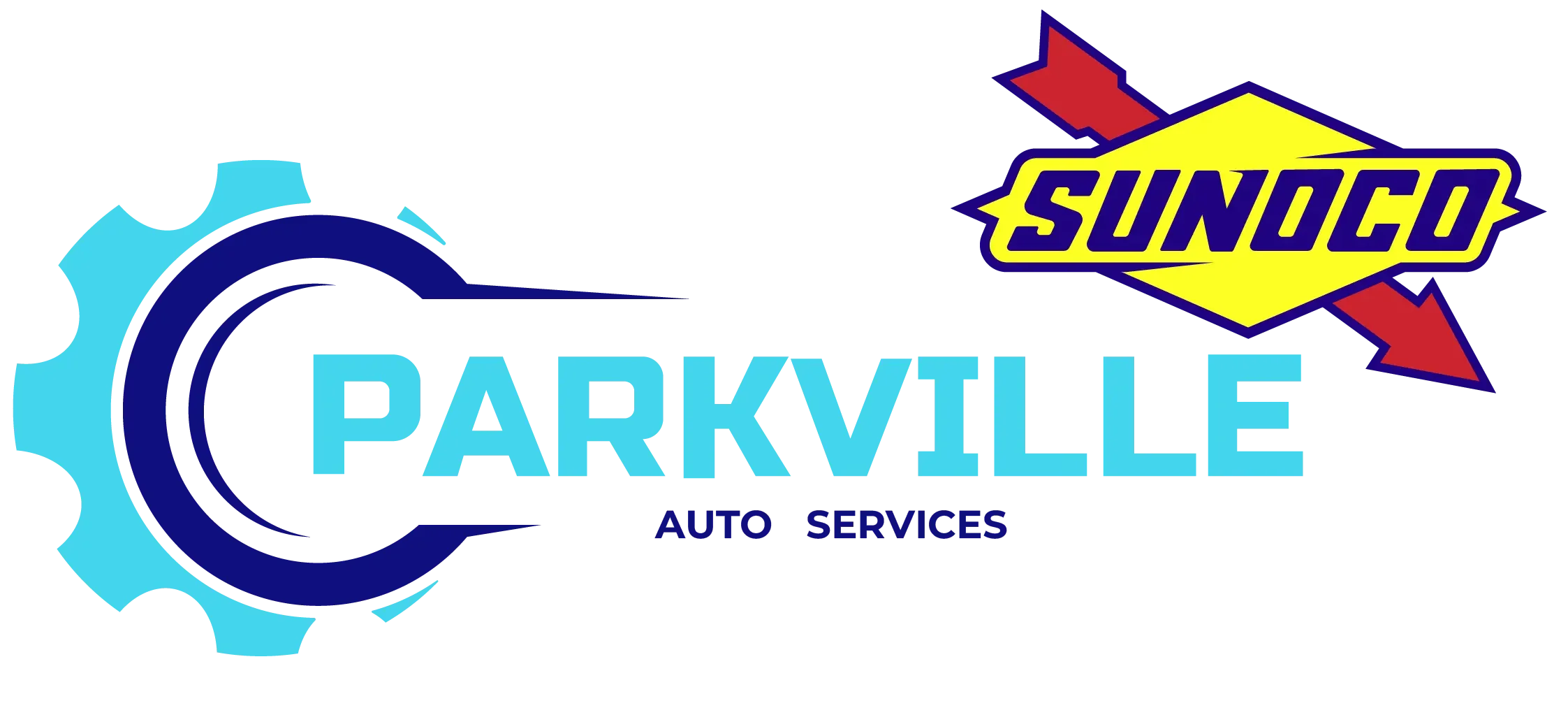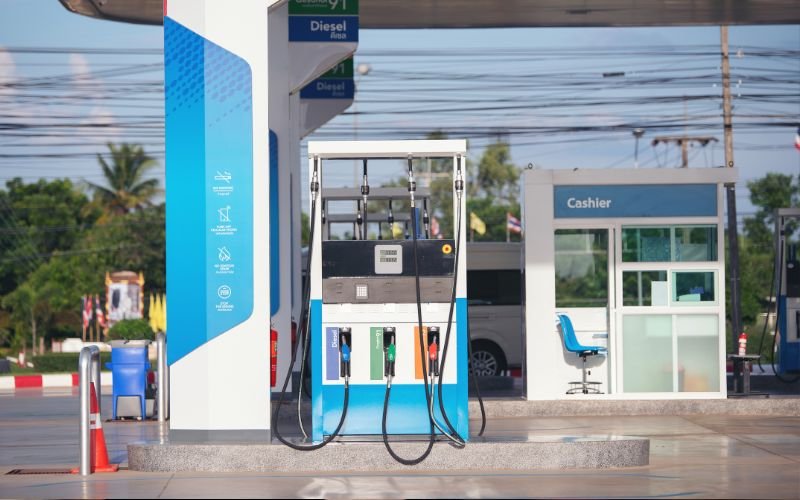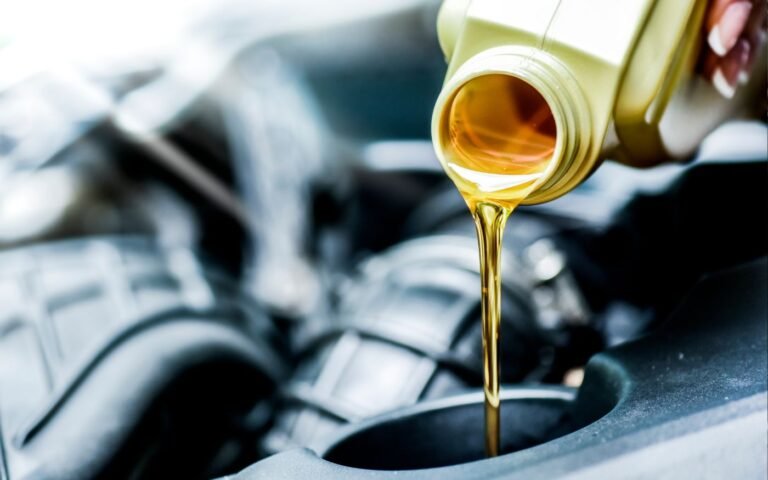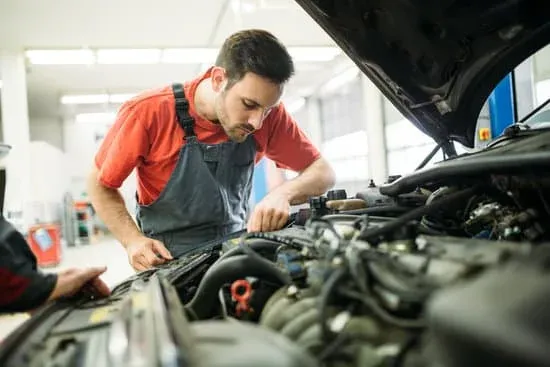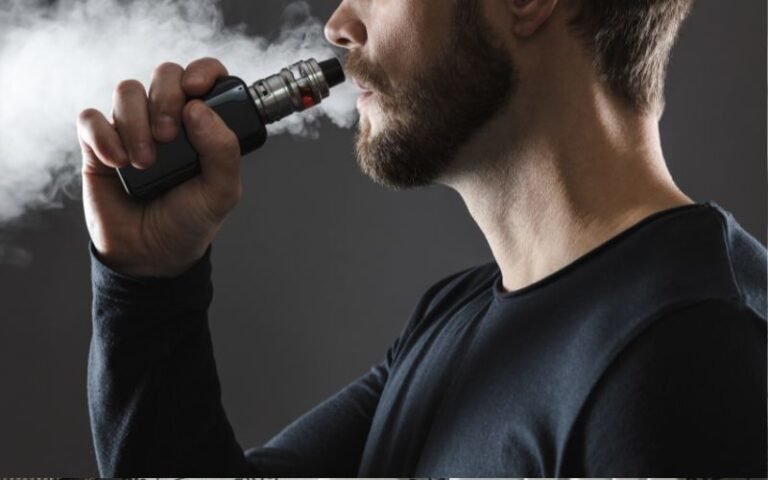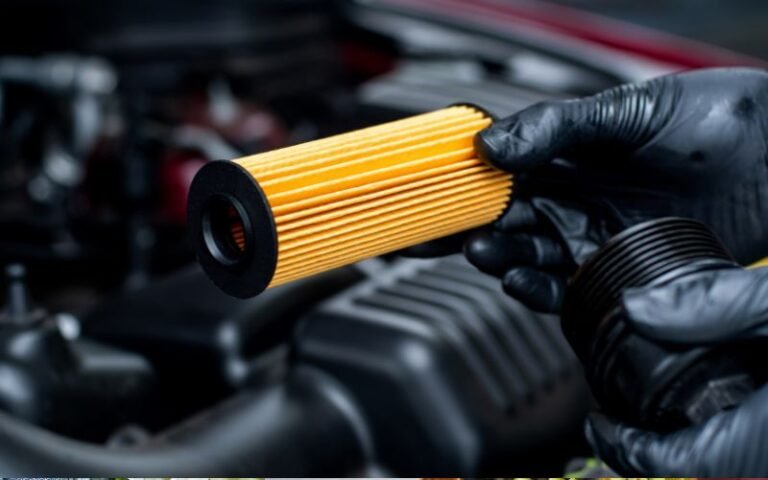Oil Pump Function, Types, and Maintenance Guide
In the intricate dance of pistons, valves, crankshafts, and camshafts, there’s one unsung hero that keeps it all from grinding to a catastrophic halt: the device that circulates oil throughout your engine. Without it, metal would scrape against metal, friction would skyrocket, and your powerplant could seize in minutes. Whether you drive a compact commuter, a heavy-duty truck, or a high-performance sports car, this crucial component ensures that oil flows exactly where it’s needed, at the right pressure, and in the right quantity.
This guide will walk you through every detail: how it works, the different designs available, warning signs of trouble, how to keep it healthy, and what to know before replacing or upgrading it. By the end, you will know exactly why technicians treat it as one of the most critical parts of any internal combustion engine.
Understanding the Lubrication System
At the heart of every engine lies a lubrication system, an intricate network designed to keep moving parts slippery, cool, and protected. When oil rests in the sump (also called the oil pan), it’s waiting to be drawn up and sent through galleries that snake around the crankshaft, camshaft, connecting rods, pistons, and valve train.
Lubricating oil does more than reduce friction; it also carries away heat, traps contaminants, and cushions parts under extreme loads. Oil filters keep debris from recirculating, while pressure relief valves prevent excess force from damaging seals and gaskets.
The key is maintaining proper oil pressure. Too low, and bearings starve. Too high, and seals can blow out. Achieving this balance is the primary job of the engine’s oil-circulating device.
What This Component Does in an Engine
Think of it as the heart of your car’s lubrication system. Just as the human heart pumps blood to vital organs, this unit sends a constant flow of oil to every moving component that needs it. Driven mechanically by the crankshaft or camshaft in most vehicles, or electrically in some modern designs, it draws oil from the sump through a pickup tube, pressurizes it, and delivers it through channels inside the engine block and cylinder head.
This pressurized flow ensures that bearings glide on a film of oil instead of grinding together. It keeps piston skirts lubricated as they travel up and down the cylinder walls. It even ensures that the cam lobes can push on the lifters without excessive wear.
In short, no oil movement means rapid engine death.
Types of Oil Pumps in Vehicles
Gear-Driven Models
These use intermeshing gears to move oil. They’re rugged, reliable, and common in many passenger vehicles. The gears create suction as they rotate, pulling oil in and forcing it out under pressure.
Rotor or Gerotor Pumps
A gerotor pump uses an inner and outer rotor. The inner rotor spins inside the outer one, creating chambers that expand and contract to draw in and push out oil. These are compact and efficient, often found in modern engines.
Chain-Driven Units
Attached to the crankshaft via a chain, these pumps are durable and handle higher torque loads. Many performance engines use this setup for consistent oil delivery.
Belt-Driven Systems
Less common in cars but is seen in some specialty applications. Belts can reduce mechanical noise but require careful maintenance to avoid slippage.
Wet Sump vs Dry Sump Systems
- Wet sump: Oil resides in the pan under the crankshaft; the pump pulls directly from here.
- Dry sump: Oil is stored in a separate tank and circulated by multiple pumps, common in race cars for improved lubrication during extreme cornering.
Electric Pumps
These run independently of the crankshaft, allowing lubrication before engine start-up or in hybrid systems where the engine shuts off frequently.
Components & Design
While designs vary, most share these key parts:
- Housing: The body that contains all moving parts.
- Drive Shaft: Connects the pump to its power source (crankshaft or camshaft).
- Pickup Tube: Draws oil from the sump. Often fitted with a mesh screen to block debris.
- Gears or Rotors: The mechanical elements that move the oil.
- Gasket: Seals the unit to the engine block to prevent leaks.
- Pressure Relief Valve: Opens to bypass excess oil when pressure gets too high.
Before a new pump is installed, it’s often “primed,” pre-filled with oil, to prevent dry starts.
Symptoms of a Failing Unit
- Low Oil Pressure Light: The dashboard warning is often the first sign.
- Knocking or Ticking Noises: Bearings and lifters are making noise due to poor lubrication.
- Increased Engine Temperature: Less oil flow means more heat.
- Dirty Oil: If contaminants bypass filtration, they can clog internal passages.
- Sudden Drop in Performance: The engine may run rough or even stall under load.
Ignoring these signs can lead to complete engine failure.
Causes of Failure
- Gear or Rotor Wear: Over time, friction erodes the tight clearances needed for proper pressure.
- Clogged Pickup Tube: Sludge or debris blocking oil flow.
- Oil Starvation: Low oil level or cavitation.
- Improper Clearance Specs: During assembly or rebuild, incorrect tolerances can cause weak pressure.
- Low-Quality Oil: Poor lubrication properties accelerate wear.
Maintenance & Lifespan
Regular maintenance can extend its life well past 150,000 miles. Key habits include:
- Changing oil and filter at manufacturer-recommended intervals.
- Using the proper viscosity grade.
- Inspecting for leaks.
- Listening for unusual noises.
- Checking oil pressure periodically.
Many failures trace back to neglected oil changes or using cheap filters.
Replacement & Repair Guide
Tools Needed: Wrench set, torque wrench, oil drain pan, new gasket, oil filter, fresh oil, and possibly a jack and stands.
Basic Process:
- Drain engine oil.
- Remove the oil pan.
- Disconnect the pickup tube and mounting bolts.
- Install a new unit with a fresh gasket.
- Torque bolts to spec.
- Prime before starting the engine.
Costs vary widely; a small car’s unit might cost $150–$300 for parts, while performance or heavy-duty versions can exceed $1,000. Labor ranges from 4–8 hours, depending on vehicle design.

Performance Upgrades
For high-performance builds or towing applications, upgraded pumps deliver greater volume and pressure. Benefits include improved lubrication under extreme loads, better high-RPM stability, and insurance against oil starvation during hard cornering or acceleration.
However, more pressure is not always better; excessive force can damage seals or cause foaming. Choose upgrades matched to your engine’s needs.
Common Myths & Misconceptions
- They never fail. False, wear, sludge, and manufacturing defects can all cause premature failure.
- Any pump fits any engine. Wrong, each design is specific to engine architecture.
- Higher pressure means better performance. Not necessarily, it can cause harm.
Industrial & Specialty Applications
Beyond passenger cars, similar technology is used in:
- Hydraulic oil pumps in heavy machinery.
- Marine engines for boats and ships.
- Motorcycles where compact, efficient lubrication is vital.
- Aircraft piston engines with redundant lubrication systems.
Final Thought
This often-overlooked component is a guardian of engine health. Maintaining proper oil flow and pressure prevents friction from destroying bearings, pistons, and cam lobes. Treat it well, and it will quietly protect your engine for hundreds of thousands of miles. Neglect it, and you could face a complete rebuild or replacement.
FAQ
How do I know if mine is bad?
Look for low oil pressure warnings, ticking noises, and higher engine temperatures.
Can I drive with a faulty one?
It’s extremely risky; a lack of oil flow can destroy an engine in minutes.
What’s the average replacement cost?
Anywhere from $400 to $1,500, including labor, depending on vehicle and design.
How often should I check oil pressure?
Check at every oil change, and more often if your vehicle sees heavy use.
Citation
Oil pump (internal combustion engine). (n.d.). Wikipedia. Retrieved August 15, 2025, from https://en.wikipedia.org/wiki/Oil_pump_(internal_combustion_engine)
